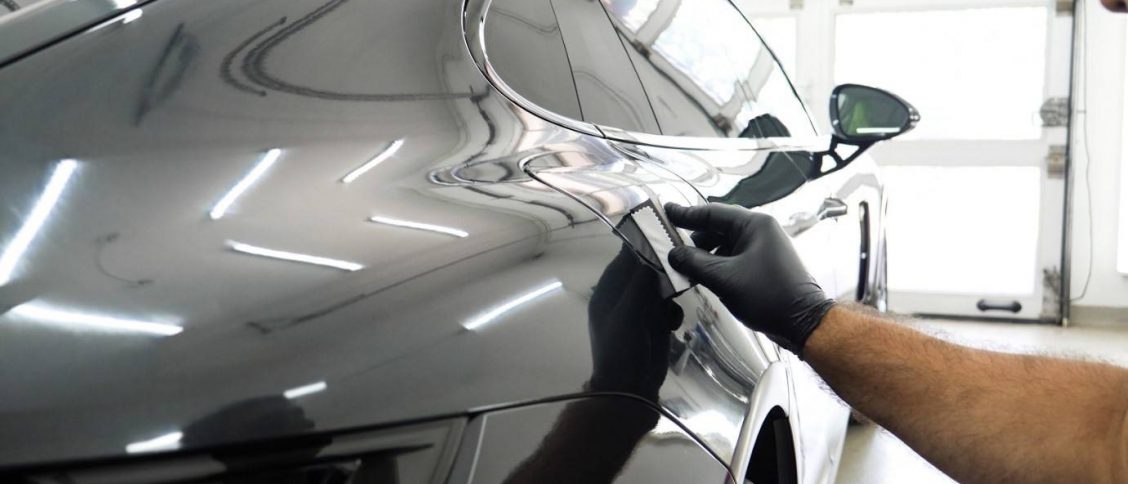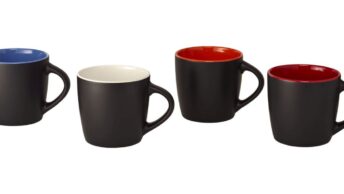The fact that a ceramic coating provides long-lasting shielding is the primary reason why car owners select it over other solutions. A ceramic coating, that is essentially a hard shell, will prevent excessive stains, road filth, bird droppings, and other contaminants from reaching as well as damaging the paint of your vehicle. After a brief rinse, they’ll easily slide off your hands.
It is incredibly hard to scratch a ceramic coating, and unlike wax or sealer, it is capable of providing a solid kind of protection for an extremely long period of time. Numerous industry experts believe that their products will provide protection for a period of time of more than one year. They will, however, not last for a very long time. This indicates that the material will have to be removed at some point in order to prepare the area for a new layer of protection.
If the worn layer of ceramic coating is not removed, it may prevent the latest brand from adhering or bonding correctly to the surface, reducing the product’s longevity. First and foremost, it is recommended that the old kind of protection be thoroughly removed before applying the new one. The majority of products function better on freshly painted surfaces and get durability with anti-corrosion coating spray.
Microfiber Cloth
If you see a high location in the coating right away, such as right after you apply it, using a microfiber cloth to level it might be really beneficial. A microfiber cloth will not be able to level the hardness of the coating after it has been allowed to cure for a period of time. As a result, check for elevated spots as soon as you remove your outerwear. A flashlight should be used to inspect the car. You can also make use of your cell phone flashlight. Whenever wiping with a microfiber cloth and adding a ceramic coating over a high place does not work, you may certainly attempt removing the coating to level or flatten the high spot if the previous methods have failed. In some cases, depending on how long the coating has adhered to the pain, less effort is needed to remove the coating than in others.
Removal by chemical means
However, while the majority of high-quality ceramic coatings are chemically resistant, they are not “chemical proof.” Chemical products can chew through ceramic coatings at a rate faster than what a brown bear can devour a hot dog cart’s worth of fries.
Examples include alkaline-rich items and acidic chemicals, which have the possibility to trigger ceramic coatings to strip away or “lift” off the surface to which they have been placed, among other things. The disadvantage of using this method of removal is that many of the chemicals used can have a significant effect on the quality of the clear coat that is underlying. If you got an anti-corrosion coating spray, then you must use a chemical to remove it.
Polishing
Generally speaking, polishing is considered to be the most reliable method of completely removing a ceramic coating from a surface. This will also aid in the preparation of the surface for such new products, as well as the removal of specific flaws. One of the most significant disadvantages of using any protective product is that it is impossible to physically determine whether or not the product has been entirely removed. Even water behavior that would imply the disappearance of a product could’ve been caused by specific oils that have been left on the surface of the water’s surfaces.
If none of the approaches listed above succeed in making the high areas disappear, you will be forced to resort to machine polishing. This only occurs in exceptional circumstances, such as when you have disregarded the high areas for an extended period of time (more than two months), and the coating has solidly bonded with the paint. Because you’ll have to scrape the ceramic coating during this operation, it is only recommended for the worst-case scenario. Machine polishing can be used to eliminate any high hard spots or other paint flaws that have developed.







